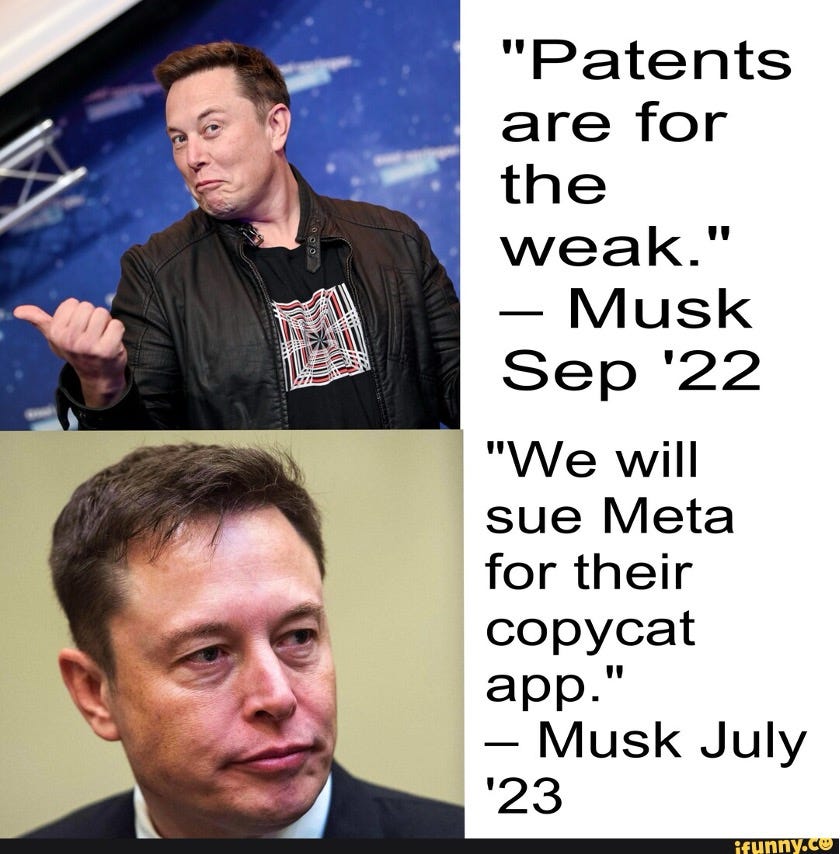February Newsletter
First of all, over 300 views on our first newsletter! A huge thank you to every reader. Please subscribe and keep sharing so we can continue delivering more insightful pieces.
This is Thao Pham, a PhD researcher with the CODE team, and I’m fascinated by all things space. It goes without saying – this month’s issue will cover exactly that. And yes, I know DeepSeek has all the spotlight right now, and we promise to cover it in depth soon. For now, let’s turn our attention to an equally exciting frontier!
The 17th European Space Conference, a key event for the continent’s space sector, concluded in late January. Though I couldn’t attend in person, I managed to follow the keynote delivered by Andrius Kubilius, European Commissioner for Defence and Space (see recap here). The message was straightforward: Europe is losing ground in space technology and exploration due to structural weaknesses. With these, he pointed to underfunding and fragmented investment as major roadblocks. The latter concern echoes what several stakeholders shared during the previous ESPI Autumn Conference. Space projects require large-scale investment and strategic commitment, yet funds in Europe are often spread too thin. Take the CASSINI initiative: €1 billion sounds substantial, but divided among 20 startups, it dilutes long-term impact.
That said, throughout this speech, the Commissioner emphasised no less than five times his vision for the EU to claim its position as a leader in the future space economy. He went on to outline key areas for change, including restoring autonomous access to space, deeper space-defence integration, and the long-awaited EU Space Law, along with broader space strategies and investment frameworks.
With no surprise, his remarks aligned closely with the EU Competitiveness Compass, released just a day later. The document lays out specific measures to regain the EU’s competitive edge: streamlining bureaucracy, Single Market, improving financing, fostering skills, and better policy coordination. It briefly touches on space tech, saying the EU Space Act is expected in Q2 2025. Let us see if it can deliver.
Given past delays, such as the stalled EU Space Law last year, it wouldn’t be surprising if this, too, faces setbacks. Details on the EU Space Law were limited, but some attribute the delay to challenges in reconciling national interests with broader European goals. Others point to lobbying efforts by companies wary that new regulations could further undermine competitiveness.
For those reasons, I doubt the upcoming Space Act will introduce any radical shifts. Instead, it will likely focus on less contentious issues like space debris, traffic management, and sustainability. The real test will be how it addresses funding. While the Compass pushes a Single Market rhetoric, much of its language still leans on national-level financing. It risks widening gaps between space-heavy nations like Germany, France, and Italy and those with less incentive to invest. I could be overlooking something and would love to be proven wrong, but for now, the political will in the EU doesn’t seem strong enough to drive drastic change and play catch-up in the space sector.
Across the Atlantic, the first month of Trump’s new term is already making waves in the space sector. NASA has put several committees and programmes on hold as it undergoes restructuring and workforce adjustments in response to the recent executive order to eliminate diversity, equity, and inclusion (DEI) initiatives. While it’s unclear how this will affect their missions in the long run, the optics aren’t great, especially with the Artemis programme pledging to put the first woman and first person of colour on the Moon.
Meanwhile, rising US-Canada tensions over tariffs have now also threatened the Starlink contract in Ontario. If unresolved, this could slow expansion plans and complicate cross-border cooperation in the commercial space sector. Trump’s actions bring his signature brand of disruption with little regard for the fallout. But with China closing the gap in space capabilities, the US can’t afford this instability. In recent months, China has made significant strides in satellite constellation and edging closer to developing reusable rockets to rival SpaceX. At times like these, the US space sector needs consistency and strategic focus – not (geo)political turbulence.
This week, the 62nd session of the UN’s Scientific and Technical Subcommittee on the Peaceful Uses of Outer Space was underway. Key discussions centred on space debris and sustainability, but a few standout topics are sure to capture the imagination of space enthusiasts. Among them, Werner Grandl (SRI) put forward the idea for Building a Space Factory in the Lagrange Point L5 of the Earth-Moon system, which could revolutionise production by leveraging microgravity to manufacture materials and components that are difficult or impossible to create on Earth. From advanced semiconductors to pharmaceuticals, such an installation could open new frontiers in industrial capabilities. Meanwhile, Jason Arnold (NSS) advocated for Space Elevators for Long-term Sustainability. These massive structures would use ultra-strong tethered cables extending from Earth’s sea-based surface into space, allowing payloads to ascend alongside traditional rocket launches. If realised, this megastructure could drastically cut costs and improve long-term access to orbit. The hype is there; let’s see if these ideas gain traction!
With space-based manufacturing on the horizon, understanding the intersection of intellectual property and space is becoming more critical as commercial activity in orbit accelerates. Two books offer valuable insights into this evolving landscape. The Battle Over Patents: History and Politics of Innovation (2021), edited by Stephen H. Haber and Naomi R. Lamoreaux, first caught my attention through CODE’s interest in the patent landscape in critical technologies. This book provides a historical perspective on how patent laws have shaped technological progress and industry competition. It also pushes back against claims, like those made by Elon Musk, that patents stifle innovation or merely serve monopolistic interests.
Taking the conversation off-Earth, the book The Protection of Intellectual Property Rights in Outer Space Activities (2017) by Tosaporn Leepuengtham discusses a legal paradox: patents are territorial, but space has no national ownership. The 1967 Outer Space Treaty guarantees freedom of exploration and bans national appropriation, leaving a grey zone when it comes to securing intellectual property rights. Any future patent regime for space must balance commercial incentives with the current international treaties, ensuring innovation thrives while respecting non-appropriation principles.
To wrap up this newsletter, a movie pick – Fly Me to the Moon starring Scarlett Johansson and Channing Tatum. Without giving too much away, it offers an entertaining take on history, a nod to one of the most persistent space conspiracies and highlighting how public image and popular support are just as vital to space programmes as the missions themselves. Enjoy and ‘til next time!




